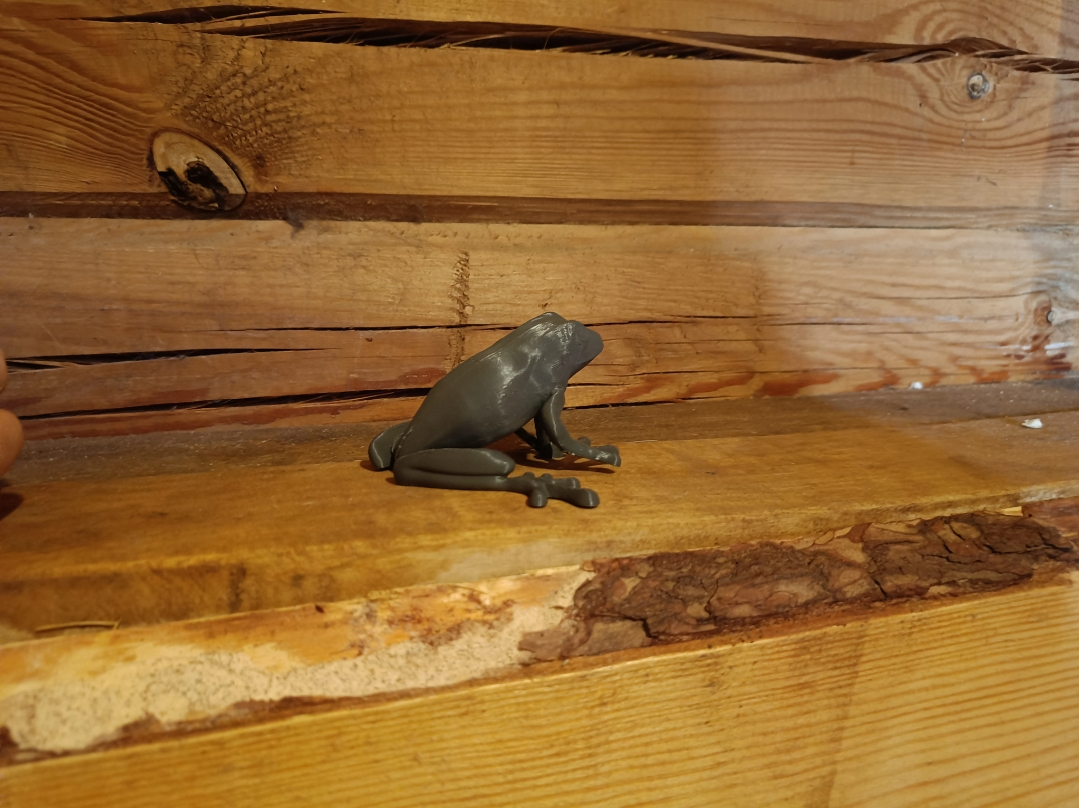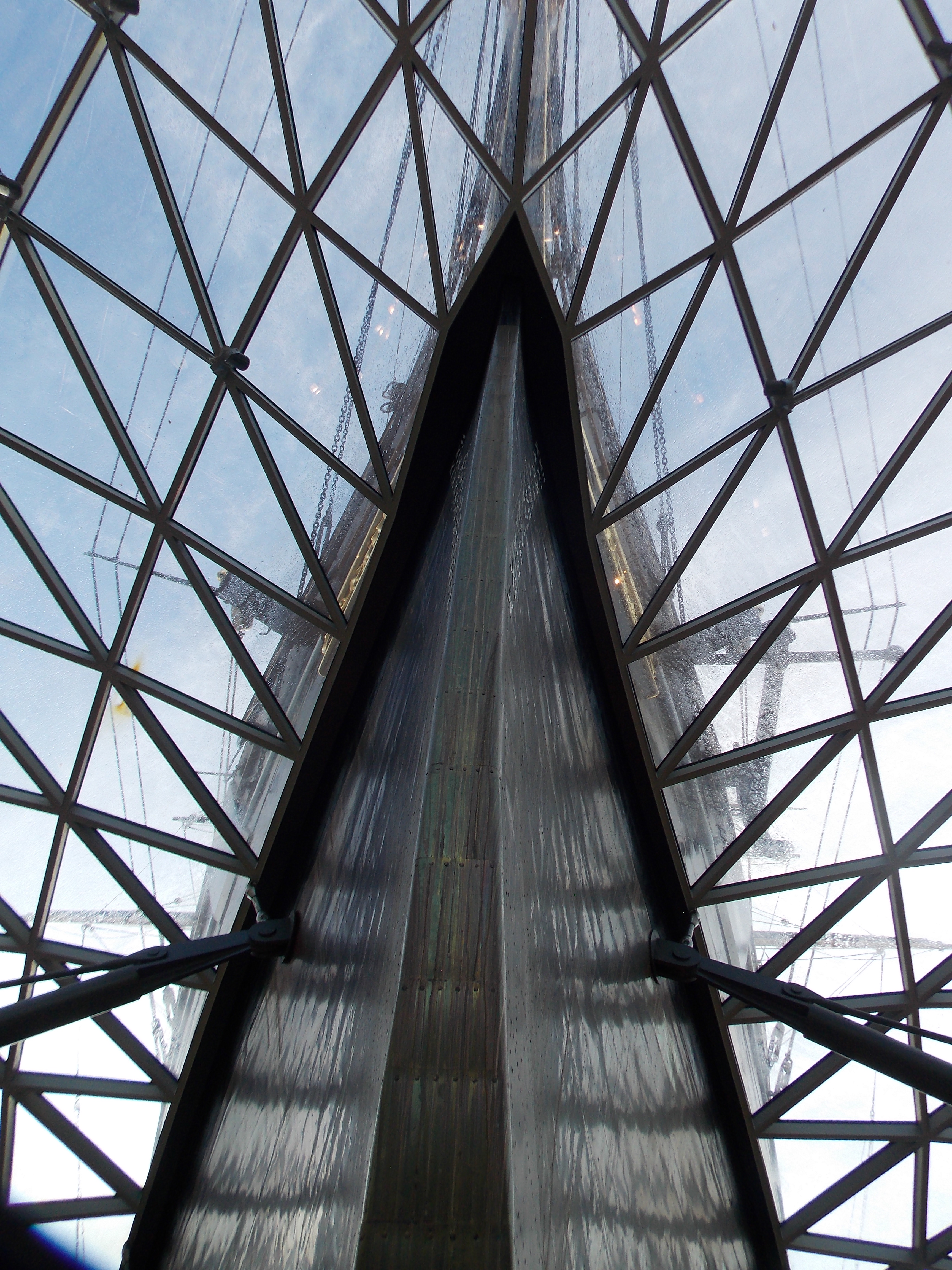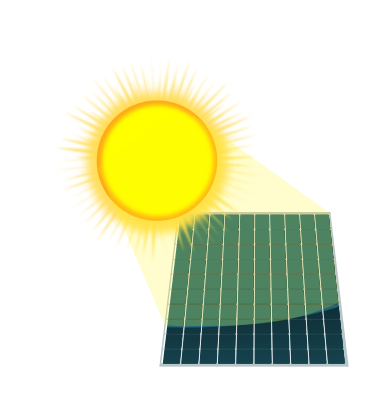
Working on irrigation to all corners of my piece of land. Digging meters and meters and putting HDPE pipe connectors with water sockets. Digging is heavy work but I needed a workout actually


Working on irrigation to all corners of my piece of land. Digging meters and meters and putting HDPE pipe connectors with water sockets. Digging is heavy work but I needed a workout actually



Wauw, that’s quite a setup. Nevermind the state of things, there is always room for improvements. First is that it works. Your intake of solar is quite low compared to your battery size. Are you also aiming for more solar and bigger inverter then? Otherwise it will take days to fill 18kwh.
I am also aiming for a ton of water to be heated, both firewood and solar but have to rebuild the sauna stove for that. To have both stone and water as thermal storage. The stone I aim to also feed with cold in the summer. But I have to think more on that as condens forming is something risky.


Hi poVoq, how is your solar solution holding up after 2 years?


Hi, I am very curious on your inverter / battery setting as you said the heatpump is powered by solar. Do you have a hybrid setting or do you have batteries that buffer for the heatpump. As a heatpump is quite some power and needs to have a stable power supply
Ps, living not far from you (Lithuania) and I am interested to built these fence panels for the winter as well.
I have studied the drying of fruits for my work. To get optimal drying the temperature should be 45-60degC with an airflow in it. Of course this design would work but the fruits will take 3 days before the moisture content is around 10%> The design would need a bit more solar surface and a small fan to make the evaporation go faster and exchange the humid air. But it will be a bit more complex though. Small chimney would also work

Installing electricity lines are always finicky and cost me also a lot of effort. I understand your procrastination. Last week I have separated installing electricity lines by one line per evening (really one box and a line + the other side button/socket). And this helped greatly in overcoming the great effort of fixing stuff after work and dinner. The streak eventually ends and this week Factorio had me snatched up unfortunately.


Very interesting. I always look into this opensource flowbatteries as I recognize the advantages that are discussed in the video, easy scalable, cheap, safe and probably diy-able in the future. I would like to experiment with two IBC’s in scale. Following the FAIR project as well. Thanks PoVoq

They were not dying to find out, I hope?
Indeed, the man is painting the grass green.
Unfortunately that would negate the high storage temperature of sand (up to 800 degree c) as water will turn into steam after 100deg. So it is either low temperature sand or water with lower energy density.
I like aluminium powder idea. And use the metal bar as heatpipe is a good idea. I would not see temperature as problem as most materials you mention can handle 800 deg. The idea is that you can draw energy from it thus cooling it. I think a molten salt chamber uses this combination of fast transfer and high temperature
It is an interesting these technologies you compare. Yes, a sand battery is in potential capable of storing higher temperatures if the source can generate these temperatures. We also have to look at the heat transfer that will seperate both energy buffers if seen from an application point of view. The heat transfer in sand is very low and this intrinsic insulation of sand begins to be very interesting when larger volumes are used. Water has a problem that it needs an extra insulation layer and larger volumes would be less interesting in comparison. However water is faster in exchange and is interesting as smaller buffer with shorter bursts and intake of heat.
Also if these are not load bearing beams ( they have been almost cut throughto allow the pipe going through), make the gap wider and put some isolation around the pipe. But only if the pipe is the case of the water problem
Ah I see now there is double thread 😶🌫️


Good question on the low power of motors. Most of the low cost pumps have often DC brushed motors which do not need a controller to steer but uses a brush. Once there is not enough power (in the morning and evening) I think there will be a point where the power will be too low to overcome the torque and the motor stops. The centrifugal pump can still rotate easily compared to other types so I would expect the startup current will be low as well. Panels will deliver a constant voltage while the current will drop when light conditions are dropping. I think the simplest is to search for these aQuarium pumps (24/7 performance) on 12v but I doubt many cars/trucks have built in fishtanks ^^)


Glad to be of help. I think you can get away with a 12v pump as most panels of this power range are made for 12/24v. I suggest very simple centrifugal submergable pump with a bit of filtering around it and direct connection to panel. No inverter or battery, that would be way overkill in my opinion.


As an example case, if you need to pump from the pond nearby, 2m height difference and pump 0,25liter per second. ((0,25 *2 *9,81)/0,35)*1,33 = 18,6W ->20wp panel. I did not take into account the hose size butn0,25liter per second is not a lot. And every meter height difference added will add an extra 10W to the panel


I perhaps can help you with this. I’m working in a company that is helping smallholder farmers over the world to increase their crop yield. We used to start with a small hydropowered waterwheel but moved to solar due to the reach of the sun. I am the technical person that is sourcing pumps, solar panels, inverters etc for irrigation.
So far as I can read your question you don’t need a lot of water and also not a lot of pressure. It is quite easy to calculate.
Hydraulic power need (W) / efficiencies = electric power requirement (W)-> *1.3 = solar panel (Wp)
Hydraulic power = 9,81 * height differencence of water (m) * liter per second you want to pump
Efficiencies = centrifugal pumps are approx 35% eff so (hydraulicp/0,35) *1,33= panelsize
halve a liter per second is sufficient for halve an acre (2020m2) of crops.
Please if you have more questions I would glad to be of help


Well, bad for you if it is a crappy option. The company doesn’t care for quality as the consumer has no other option. Hurray for Amazon, our everyday feeder. And for those working at Amazon, only one toilet break per week, as there are no other options for work!
Indeed, it’s actually Wattpeak. For my work I make a difference between actual Watts and solar Wattpeak. I normally multiply by 0,75 to get the MAX power. This max power only occurs around noon as the sun goes up and down again. For energy in my home (Lithuania) I hope to get in the summer with 1kwh/M2/day from the solar panels.
There are geological overlays graphs available that give indication on how much kWh you can get. Solar atlas is one of them. Look for kWh/kWp, multiply it by your solar installation size and you have your average available intake of energy. You can find the kWh/kWp on average per year,month and day. So you know in winter that you produce a lot less than summer